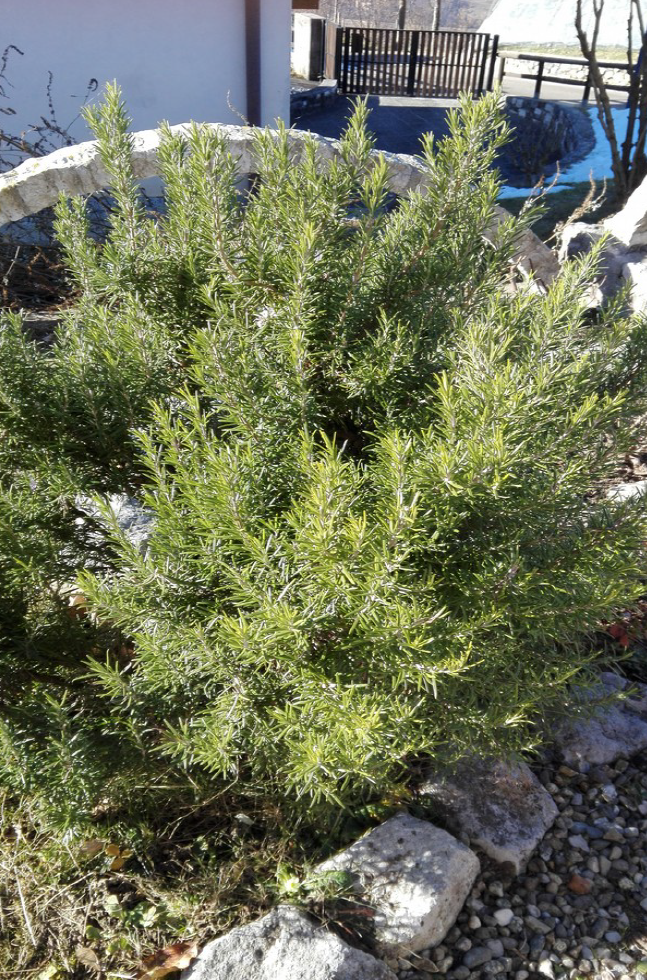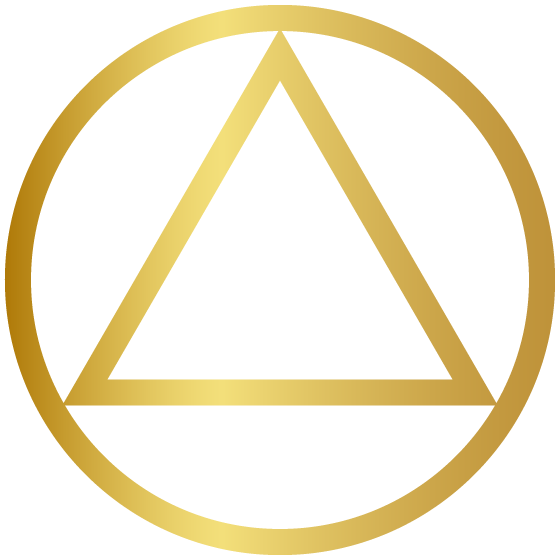Do we need a peace movement in these times when people are taking to the streets again?
Absolutely.
Do we need diplomacy and dialog between countries at war?
Absolutely.
Do we need efforts to engage in direct personal exchange with other countries, cultures and ethnic groups, do we need, for example, town twinning, student exchanges, tourism that promotes peace?
Of course. For example, town twinning, school exchanges, peace-promoting tourism?
Of course.
And do we need me, do we need individuals who work on themselves, cultivate ideals, realize ideas, develop values, become socially effective?
First of all.
In this article, I am putting the ordinary citizen first. Because how often do I hear “As an individual, you can’t do anything”, “You’d have to go into politics”, “Nobody takes us citizens seriously anyway, our interests are of no interest to those at the top.” This feeling, a kind of powerlessness, comes all too easily, especially when you focus on the role of politics and the media, corruption in business and the judiciary and much more.
This is precisely why an approach to a soul-spiritual world is of such great importance. Not in the sense of an escape, no in the sense of a concrete study, a cultivation of content-rich meditation, the practice of consciousness exercises and a deeper exploration of how the material world is connected with the post-mortal world of the deceased and even with a purely spiritual world – call it heaven, devachan, creative love.
It seems almost unthinkable to me in these tense times, in which many people are also burdened with health and psychological problems, that it is possible to develop perspectives, courage and the power to act without looking at the spiritual and mental person and their potential for development. Which source of inspiration you choose is an individual matter. I find that the holy scriptures of the religions, the Gospels, the Bhagavadgita, writings by spiritual researchers such as Heinz Grill or Rudolf Steiner, by Eastern teachers such as Sivananda or Sri Aurobindo, by great thinkers and philosophers such as Goethe, Schiller, Fichte, Dostoyevsky – to name just a few examples – are suitable reading to revitalize and promote the soul within us. As these are deep, immaterial values and wisdom-filled descriptions, they immediately carry hope and light.
I will now introduce a simple exercise, a soul or awareness exercise that anyone can do in nature or at home. It is a nature observation, in this case specifically a plant observation.
I carry this out in three steps.
I am standing or sitting in front of a plant or a tree. Let’s take the example of a rosemary bush. First I take a close look at this plant, the branches, the needles, the shape, the color. It’s the kind of contemplation I can imagine an artist doing if they wanted to draw the plant. The contemplation takes place over a few minutes, quietly, starting from the bottom and working up to the top of the bush. It is nothing other than attentive observation. All the associations and thoughts about what I already know about the plant, for example, are irrelevant here; I turn back to quiet contemplation.
In a second step, I close my eyes and reconstruct what I have seen as accurately as possible. I mentally rebuild the rosemary bush inside me. I do this for two to three minutes. If I finally open my eyes again and look at the plant, it may be possible – at least after repeating this process over several days – to perceive the rosemary as if it were alive, almost coming towards me as the observer.

The third and most challenging step now follows. I add a question to the observation, which I place in front of me as a research question: “What substances are working on this phenomenon?” or “What actually are the forces of wisdom?” Now it is necessary to put all the intellectual considerations that occur to me to one side and place the sentence in front of me like a meditation sentence. You can imagine it a little away from your forehead – “What substances are working on this phenomenon?” I remain in quiet contemplation of the rosemary bush and at the same time in attentive contemplation of the individual words of the sentence.
After a few minutes, I end the exercise.
As a rule, after practicing once, even two or three times, there is not necessarily a result and an answer to the question. That doesn’t matter, I accept it and practise every day for a long time. If you do this, after a while you will experience a sensation as an answer, not an answer in words, and in any case a deeper relationship with the natural phenomenon you are looking at will grow.
What does this have to do with peace?
I suggest that the person who wants to do this soul exercise turns their gaze to the plant and also to themselves after contemplating it. As a rule, it is clearly perceptible that a calm has arisen, a kind of pacification in the sphere around the plant and also in the practitioner. Something has happened in the practice process that I would describe as a very active rejection of all emotions, emerging volitional impulses and thoughts that do not belong to the contemplation. Our consciousness is constantly accompanied by unconscious currents that rise to the surface. Actively and calmly putting them in their place and concentrating solely on the task of contemplation is a constant task, indeed a constant differentiation between the essential and the non-essential. The sphere of relationship between me and the object of contemplation becomes freer and brighter. You could say that I educate myself to this activity, I educate my consciousness, without this becoming a compulsion. By rejecting everything that unconsciously flows upwards and repeatedly raising myself to attention, I am highly active in my soul. The result of this process is increased awareness and a sense of peace.
If you would like to deepen this soul exercise, you can read and explore it in the book “Exercises for the Soul” by Heinz Grill.


0 Comments